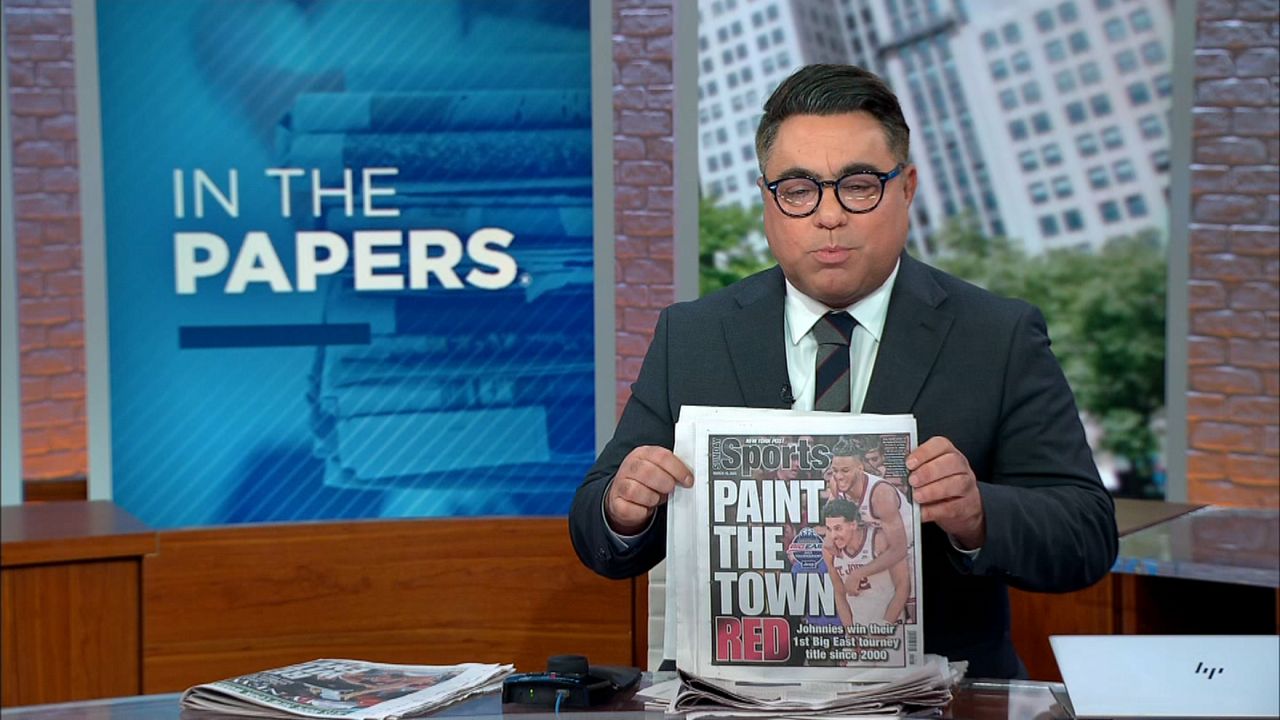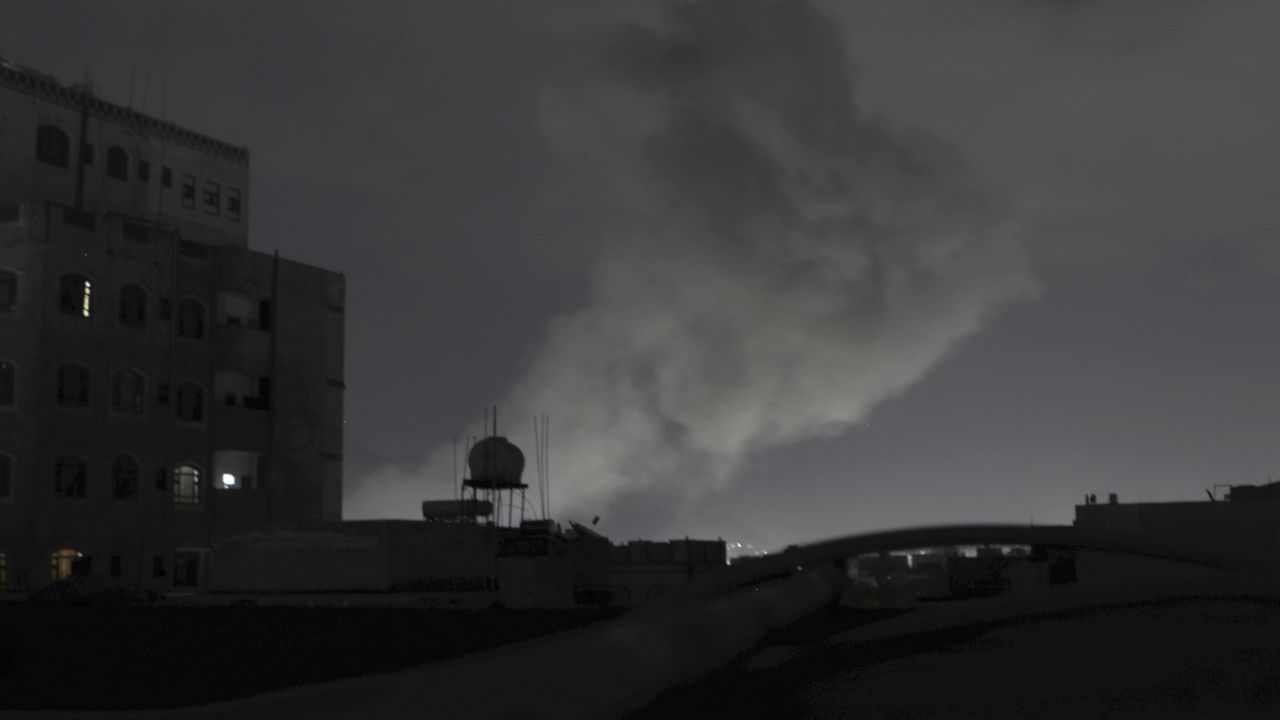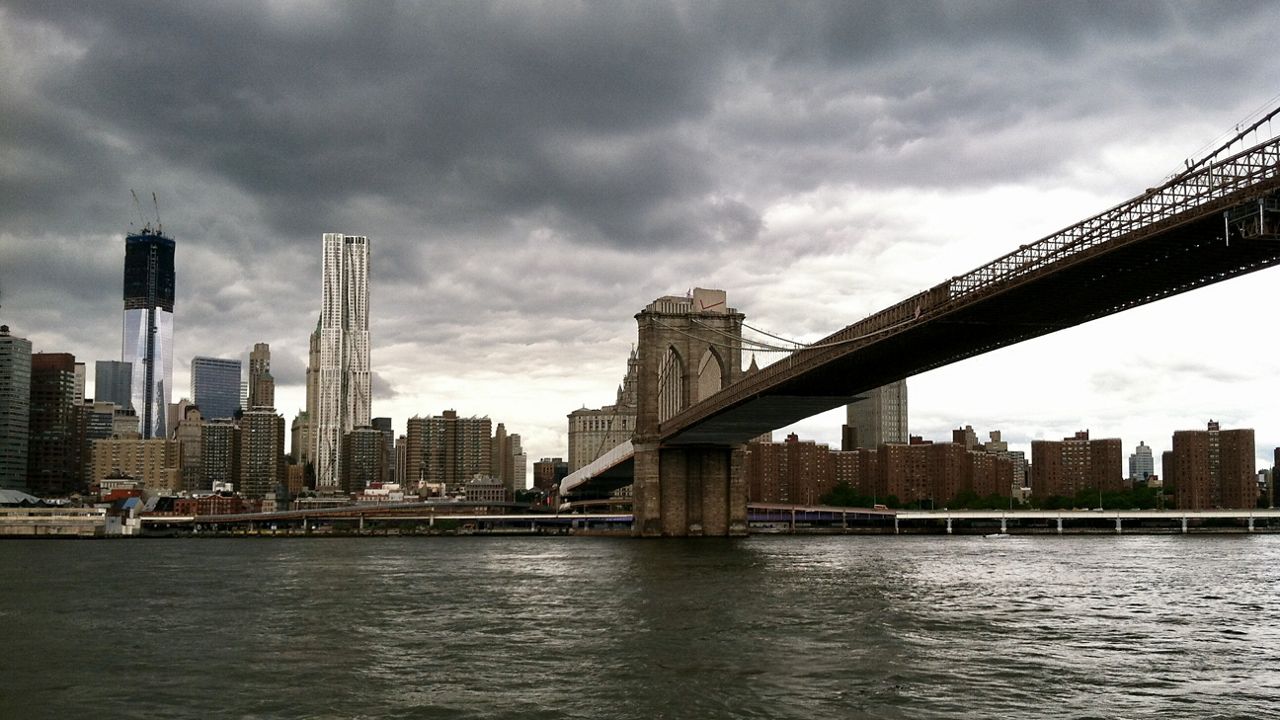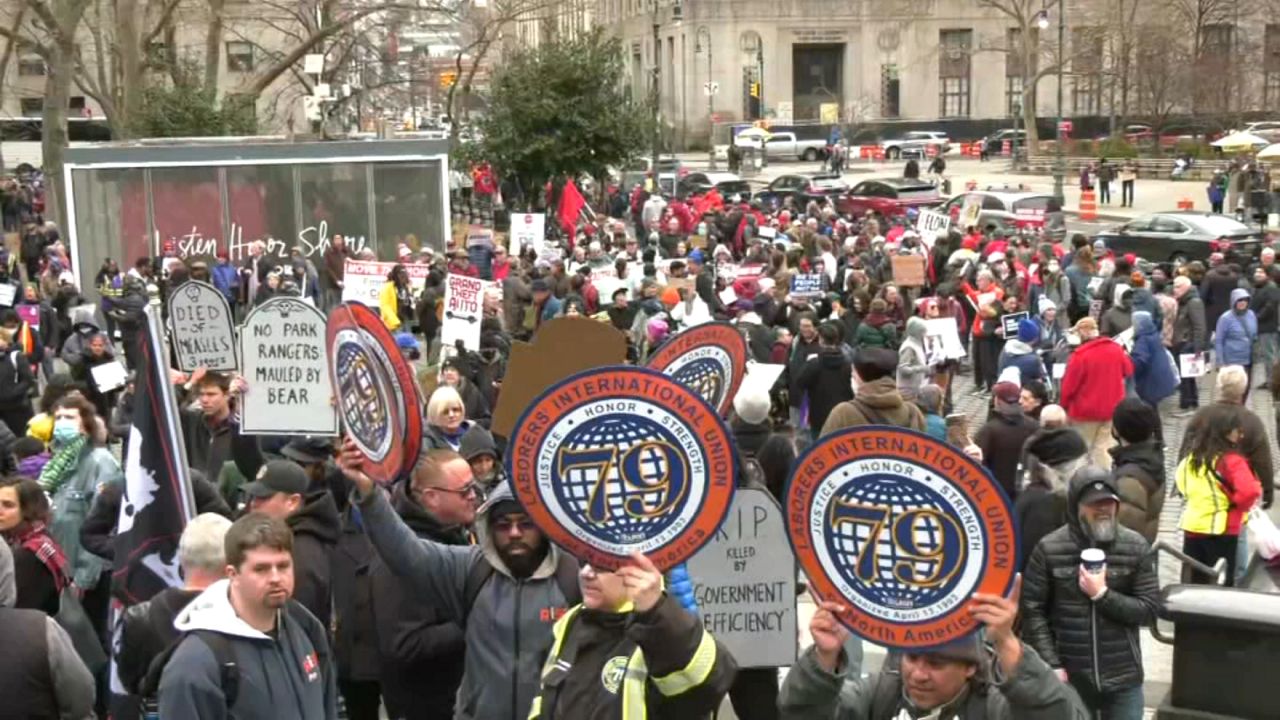To say the far West Side of Manhattan has been spruced up is an understatement.
Fifteen years ago it was open rail yards, warehouses and auto body shops.
Now, it's a fancy, new high-rise district housing luxury apartment buildings and gleaming glass office towers for some of the world's biggest companies.
"People want to live and work in that area," said Mitchell Moss, director of NYU's Rudin Center for Transportation Policy & Management. "Thirty years ago, people were afraid to go there. So we've taken an area which was so dangerous people avoided it and made it so attractive people want to come.”
The centerpiece of the overhaul is Hudson Yards, built on a deck constructed over MTA rail yards.
But it's only one part of a vision that has been in the works for nearly two decades.
In 2001, a panel led by Senator Charles Schumer envisioned new office buildings in the area to address a shortage of commercial space.
That vision became a concrete plan when Mayor Michael Bloomberg's administration proposed rezoning dozens of blocks west of 8th Avenue from manufacturing to residential and commercial use.
"The Hudson Yards plan ensures that we will have the room to grow when we need it," Dan Doctoroff, who was a deputy mayor under Bloomberg, said in 2004 at a City Council hearing.
"The vast area was sitting next to the most valuable land in the world, which is Manhattan's prime central business district," said Moss, who sat on that panel Schumer created and was an informal adviser to Bloomberg. "And it was empty except for rail yards."
Bloomberg's plan was approved in 2005. It included extending the 7 line to 34th Street, to make the area accessible.
After several road blocks, construction of a platform over the rail yards east of 11th Avenue began in 2014, leading to not just the towers on the site, but a new neighborhood.
"It's gotten bigger, if you can imagine,” said Robert Benfatto, President of the Hudson Yards/Hell’s Kitchen Alliance. "There was a lot of empty pockets and blighted areas, but that is now completely, radically changed over the last 12 to 15 years in the area."
But one part of Bloomberg's vision, a domed stadium to attract the Olympics and serve as the home of the New York Jets, was never built. It faced too much opposition.
The stadium site, to the west of 11th Avenue, is still open. But it's expected construction on a platform will begin next year, allowing more residential and office buildings to rise in a neighborhood that was once an afterthought.









